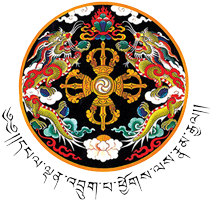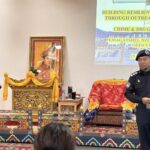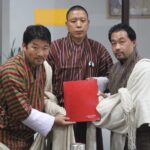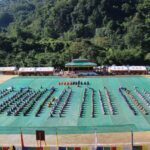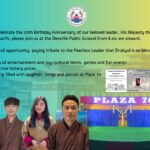
Home
About Us
About Us
Contact us
- Dzongkhag Administration Pemagatshel, Eastern Bhutan
- Dzongdag Post Box No: 44001
- 07 471 100
- 07 471 142
- Email: support@pemagatshel.gov.bt
Quick Links
Copyright © 2025 - Pemagatshel Dzongkhag
